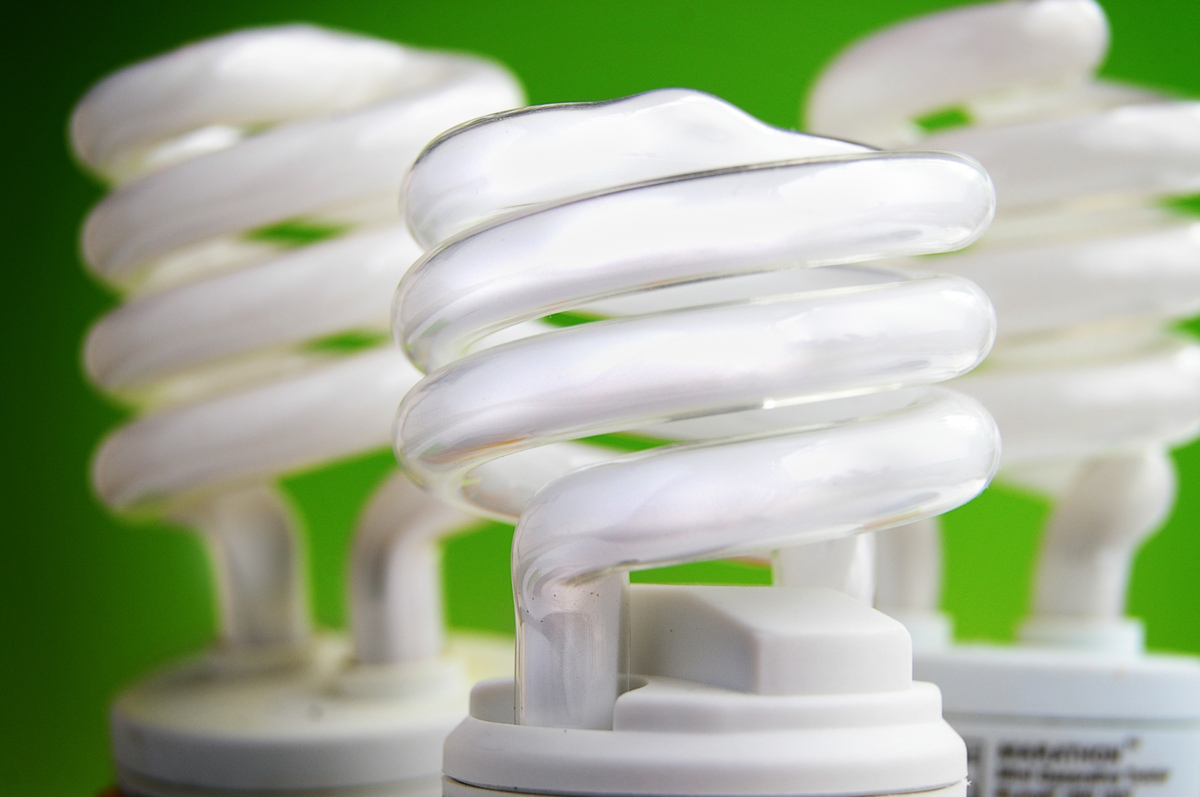10 Expert Tips For Successful Energy Efficient Light Design
Take The Time For Light Design, Here's Why....
Lighting Consumes Over 1/3rd Total Facility  Energy Costs
Energy Costs
Lighting consumes nearly 35% of the total energy consumption that is used in commercial buildings across the United States.
You may not realize it, but lighting also impacts other building systems such as HVAC and the building envelope.
The waste heat produced by older inefficient lighting increases the cost of operating your commercial facility.
By using updated lighting technology and control systems, you can have an enormous impact on your facilities energy demand by reducing heat from these sources.
Newer lighting technologies can operate at lower temperatures. This is something to keep in mind as you consider energy efficient lighting options.
Why Bother With Energy Efficient Lighting?
Upgrading a building's lighting system has 4 impacts:
- It can reduce lighting energy use
- Updated lighting can improves the visual look and feel of a facility
- Possibly reduce required sizing of HVAC equipment required to cool a facility
- Lower electrical load, impacting size of electrical systems needed
These 4 impacts assume that you would be updating your building with energy efficient lighting designs. Updating with the same technology would not bring forward the added benefits listed above.
Don't Forget Your Energy Efficient Lighting Goals
Any goals for a lighting upgrade should be consistent with overall company goals and energy policies established at the beginning of the energy efficiency process. A lighting upgrade is one of the best places to start for physical changes in your facility.
It is one of the easiest ways to "see" the benefits of energy efficient light design.
Lighting should not be the end of your goal of energy efficiency. Improving energy efficiency in a building is an ongoing process. In order to make sure that a energy efficient lighting upgrade leads to an effective and efficient system, you need to keep a few things in mind.
Here are some tips to consider when your building the light design for your facility.
10 Tips For Successful Energy Efficient Building Design
Whether you are designing your own energy efficient lighting system or you are depending on a professional, you should follow the following guidelines:
- Require a photometric layout for major spaces that require a certain level of lighting.
- Make sure that the lighting system designed puts out the appropriate amount of light for the specified task at hand.
- Make sure that the proposed lighting is distributed so that glare is not a problem
- Take advantage of daylight but avoid direct sunlight
- Install controls to reduce the dependence on electrical lighting when natural daylight is available.
- Make sure that the proposed lighting system is the most energy efficient possible.
- Install occupancy sensors and controls so lights can be turned off when not in use.
- Consider manual or automatic dimming for areas where full power lighting is not required.
- Be sure to minimize maintenance of your lighting system to decrease the amount of time and materials required to maintain your system.
- After installation, make sure lighting system is performing as anticipated
There are many factors to consider when you consider a lighting upgrade. Sometimes it can be as easy as changing a bulb, but when you are considering making a major improvement in efficiency, be sure you have the right light design for your facility.
Want To Learn More?
Understanding energy efficiency is a learning process. To help our customers better understand all the factors that go into energy efficient lighting, we created an Ebook just for you.
Click on the book below to download your FREE copy.
Related Articles:
Where Is The Best Place To Use T5 Lighting Technology?
T8 vs. T5: How To Determine Which Light Is The Right Light
A Few Quick Tips to Help You Find the Best Applications: T8 vs. T5